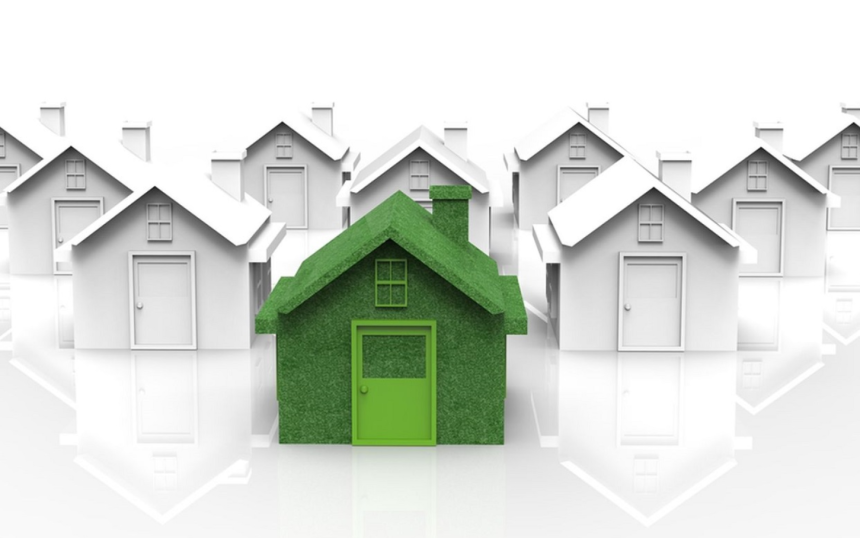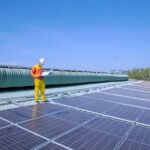When it comes to building energy-efficient structures, the choices we make from the very beginning can make a world of difference. By embracing innovative technologies and materials, we have the power to create buildings that not only reduce energy consumption but also prioritize sustainability. This article explores four fantastic options that pack a punch in terms of energy efficiency in construction. From smart insulation solutions that keep the temperature just right to advanced ventilation systems that optimize airflow, these choices not only enhance energy performance but also contribute to a brighter and greener future.
Efficient Insulation Solutions
One of the fundamental aspects of energy-efficient building construction is efficient insulation. By selecting high-quality insulation materials with excellent thermal resistance, builders can minimize heat transfer between the interior and exterior of the building. Options like spray foam insulation, cellulose insulation, and rigid foam boards provide superior thermal performance, reducing the need for excessive heating or cooling. These materials help maintain a comfortable indoor environment while significantly lowering energy consumption.
Advanced Ventilation Systems
Proper ventilation plays a vital role in energy-efficient buildings, ensuring a healthy indoor environment while minimizing energy waste. Incorporating advanced ventilation systems with heat recovery capabilities can be a game-changer. These systems use heat exchangers to recover the thermal energy from outgoing air and transfer it to incoming fresh air, reducing the load on heating and cooling systems. This approach significantly improves energy efficiency while maintaining excellent indoor air quality.
Cutting-Edge Power Generation Technologies
To push the boundaries of energy efficiency in building construction, incorporating cutting-edge power generation technologies is paramount. One such technology gaining prominence is hydrogen-based systems. Hydrogen fuel cells, for instance, offer clean and efficient electricity generation by converting hydrogen into electricity through an electrochemical process. Additionally, the emerging field of hydrogen storage and distribution systems, including advanced hydrogen compressors, facilitates the efficient storage and utilization of hydrogen as a clean energy source. By harnessing hydrogen’s potential, buildings can achieve greater energy efficiency and reduce carbon emissions.
A hydrogen compressor is a device designed to increase the pressure of hydrogen gas, allowing for efficient storage and transportation. By compressing hydrogen, its volume reduces, enabling more hydrogen to be stored within a given space. This is particularly important in buildings where space optimization is key. With the help of advanced hydrogen compressors, the storage and utilization of hydrogen can be maximized, ensuring a consistent and reliable supply of clean energy.
Smart Building Automation
In today’s digital age, smart building automation systems provide a multitude of ways to save energy. These systems bring together different elements like lighting, HVAC (Heating, Ventilation, and Air Conditioning), and occupancy sensors, allowing for optimized energy management. By constantly monitoring and controlling various aspects in real time, smart automation adjusts energy usage according to occupancy patterns, ensuring efficient operation. What’s more, these systems can easily integrate with renewable energy sources like solar panels, making the most of available energy and reducing reliance on traditional power grids.
Constructing energy-efficient buildings is of utmost importance in your journey toward a sustainable future. When individuals and organizations wholeheartedly prioritize incorporating efficient insulation, advanced ventilation systems, smart automation, and innovative power generation technologies, they become catalysts for change. By embracing these practices, they actively contribute to reducing energy consumption, minimizing their environmental footprint, and paving the way for a future where buildings are both comfortable and environmentally friendly. Let’s strive to create a world where sustainability is at the forefront of construction efforts.













